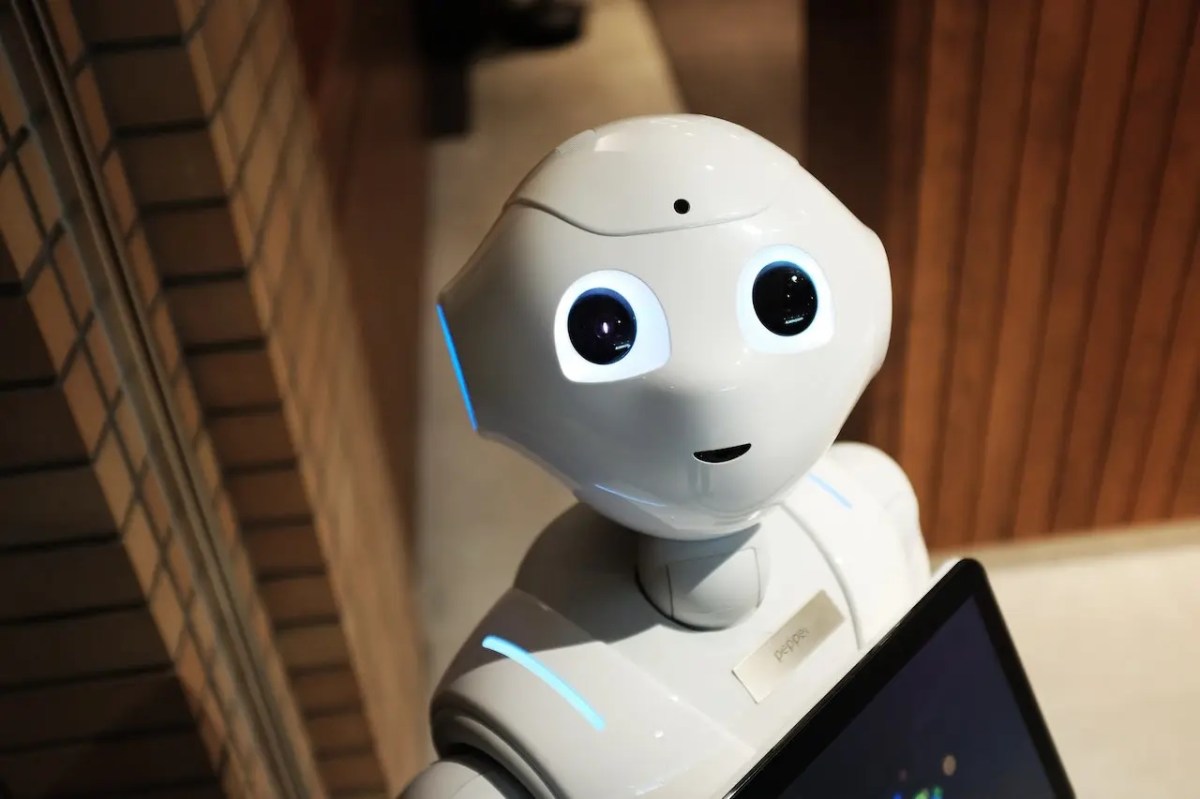Robotics and Artificial Intelligence are two terms that are often confused and sometimes not distinguished, but they actually refer to different technologies. Artificial intelligence is a discipline that focuses on enabling machines to develop the same intellectual capabilities as humans. Robotics, on the other hand, is the science of designing and building physical robots to improve automation and innovation.
What exactly are robotics and Artificial Intelligence?
Robotics and AI are two related fields of science and technology, but with several differences. Robotics is the discipline that deals with designing machines capable of automating tasks. In this sense, robotics experts also create, programme and operate these automated elements to develop certain skills and tasks.
Meanwhile, artificial intelligence is a branch of computing that studies how machines can mimic the cognitive processes of humans, learning and reasoning in order to solve problems and carry out specific tasks, just as a human being would. AI experts design algorithms so that machines are able to learn autonomously, solve problems, understand language and reason using logic.
Difference between robotics and Artificial Intelligence
The main difference between robotics and Artificial Intelligence lies in the approach. Robotics focuses on the manipulation of the physical area, while AI is oriented towards the internal or digital part.
Another difference is the area of application. On the one hand, robotics creates machines that have their own mobility and can interact with the environment. They are generally used to perform repetitive, high-speed or high-precision tasks, e.g. in industrial sectors of chain production or in the field of medicine. On the other hand, artificial intelligence focuses on data processing and algorithm design. In this sense, it is applied in a variety of contexts, from personalised care to education.
On the other hand, robots are programmed to follow a set of instructions in a repetitive way and are perfect for improving the productivity of companies in a number of sectors. AI, on the other hand, although it can also be used in multiple contexts, is more dynamic. For example, an AI system can be used to process banking data and make investment decisions, but it can also be used to analyse medical information and prepare for surgery.
Moreover, they have evolved unevenly throughout history. Robotics as we know it today has been around for decades, although there were mechanisations as early as the 17th and 18th centuries. Furthermore, the term robot dates back to 1921, coined by the Czech writer and playwright Karel Capek. Today, there are world-renowned scientific institutes devoted specifically to robot design. In contrast, AI is a relatively new technology, which emerged in 1956 at the Dartmouth Conference. It is often developed by small companies, as its origin has raised concerns about privacy, data processing and the potential displacement of human labour.
Relationship between artificial intelligence and robotics
Although there are quite a few differences between robotics and Artificial Intelligence, they are two branches that benefit from each other. Primarily, AI is used to improve skills such as movement, adapting to the environment, optimising performance, diagnosing errors and performing autonomous tasks of machines, i.e. it improves the learning and application capabilities of robots.
Both robotics and AI aim to automate tasks and facilitate processes for humans, and use data collected by input and output sensors to facilitate decision-making.
In this sense, it is increasingly common to see work environments where machines collaborate with people to improve different tasks. This human-machine collaboration is embodied in cobots or collaborative robots, which are specifically designed to perform tedious tasks that require greater effort. Their applications are useful in almost any sector, and they are gradually being adapted to different environments.
Both technological fields require specific knowledge for their correct manipulation, which is why experts working in these areas have studied computer science, physics or engineering.
On the other hand, AI allows robots to communicate intelligently, not only with human operators, but also with other robots. Thus, machines can understand needs and work collaboratively to solve problems.
It is also important to note that the application of artificial intelligence in robotics is still challenging, both technologically and ethically. For example, the safety of autonomous decision-making by robots has not been guaranteed. To this end, the involvement of a human capable of supervising the tasks is necessary. Although machines do not usually make mistakes, there is always a certain margin of error.
